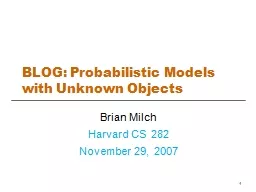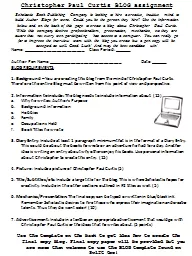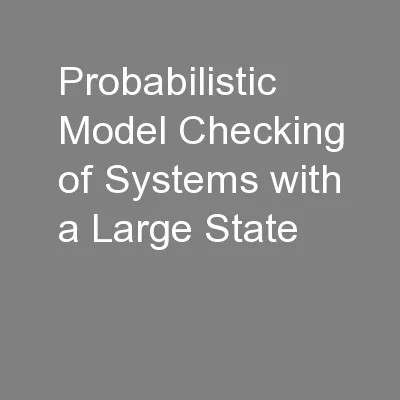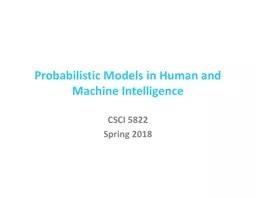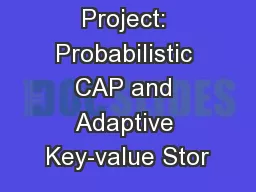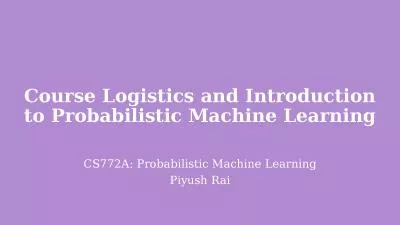PPT-BLOG: Probabilistic Models with Unknown Objects
Author : tatyana-admore | Published Date : 2016-02-21
Brian Milch Harvard CS 282 November 29 2007 1 2 Handling Unknown Objects Fundamental task given observations make inferences about initially unknown objects But
Presentation Embed Code
Download Presentation
Download Presentation The PPT/PDF document "BLOG: Probabilistic Models with Unknown ..." is the property of its rightful owner. Permission is granted to download and print the materials on this website for personal, non-commercial use only, and to display it on your personal computer provided you do not modify the materials and that you retain all copyright notices contained in the materials. By downloading content from our website, you accept the terms of this agreement.
BLOG: Probabilistic Models with Unknown Objects: Transcript
Download Rules Of Document
"BLOG: Probabilistic Models with Unknown Objects"The content belongs to its owner. You may download and print it for personal use, without modification, and keep all copyright notices. By downloading, you agree to these terms.
Related Documents

